OVERVIEW
The global market size of Optoelectronic components is projected to reach USD 52.73 billion by 2025, rising by 5.02% to CAGR during the forecast period. The growth of the optoelectronic components industry is driven mainly by the increased use of infrared components in consumer electronics & vehicles, long life & low power consumption, demand for enhanced imaging & optical sensing solutions in the vertical healthcare sector, and the required physical properties of optoelectronic sensors to function in harsh environments.
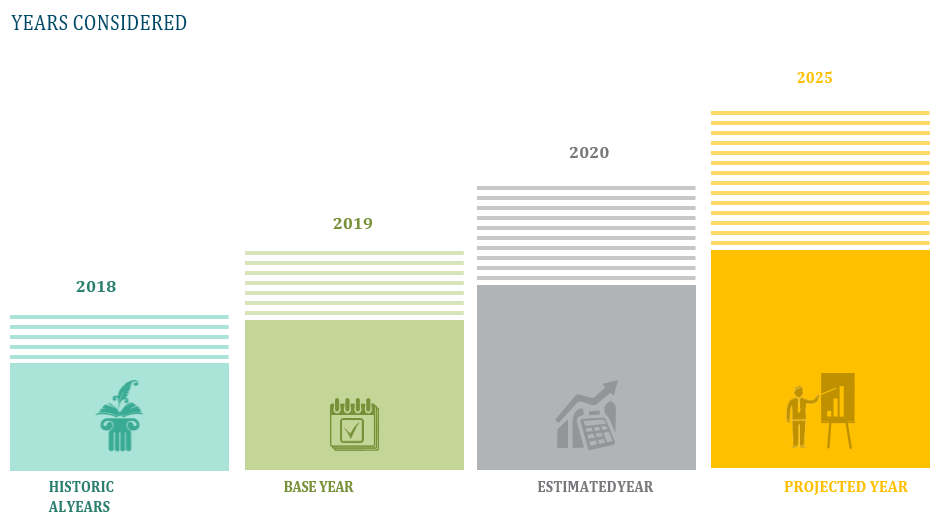


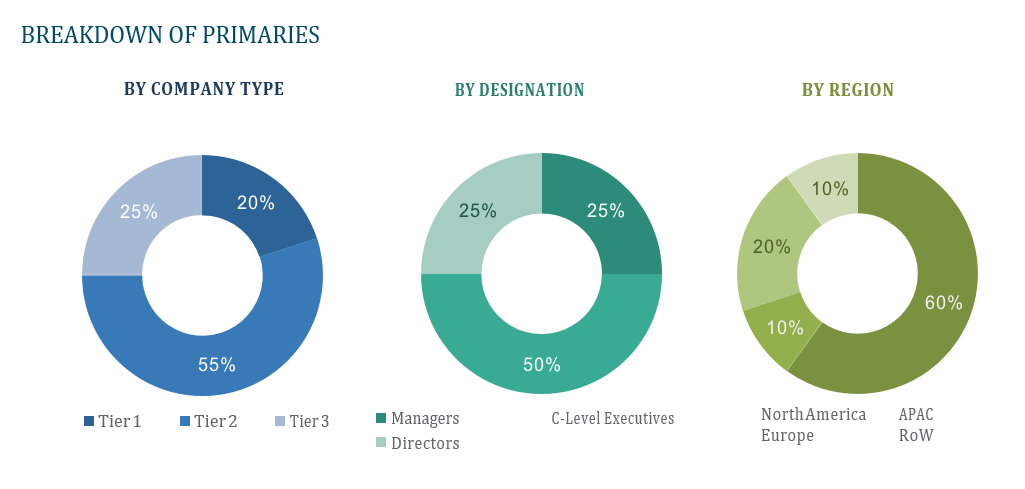
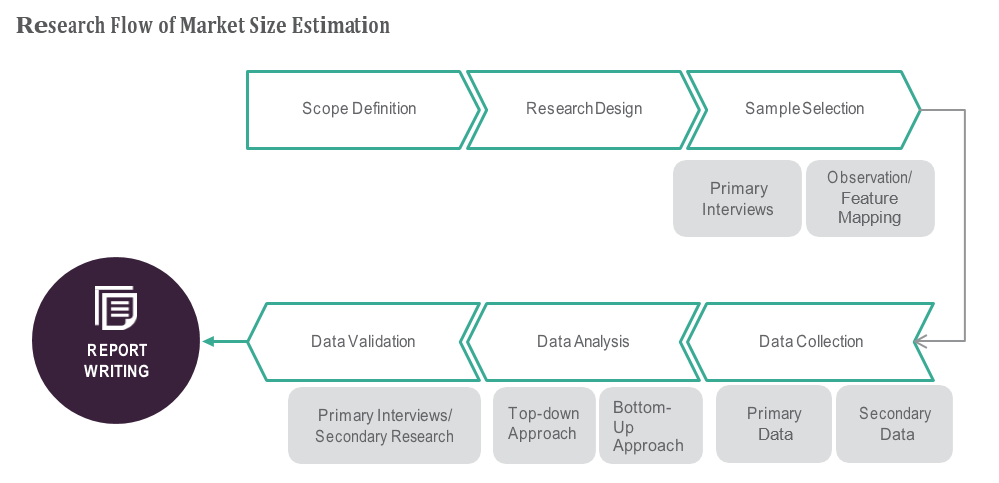

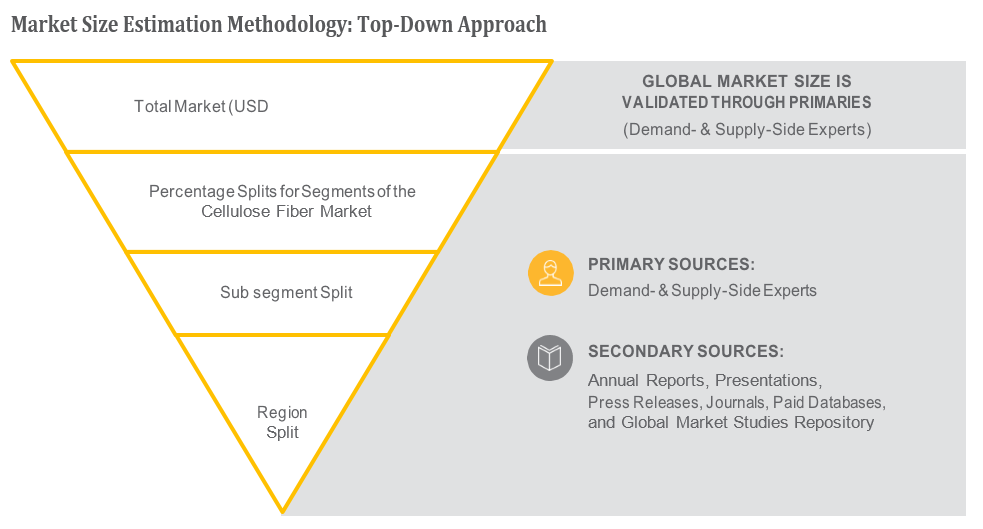
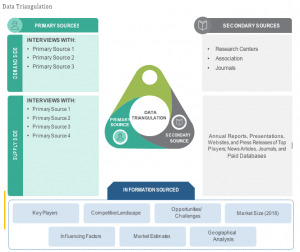
TABLE OF CONTENT
1 Global Optoelectronic Components Market
1.1 Study Objectives
1.2 Market Definition
1.3 Study Scope
1.3.1 Markets Covered
1.3.2 Geographic Scope
2 RESEARCH METHODOLOGY
2.1 Research Data
2.1.1 Secondary Data
2.1.1.1 Key Data From Secondary Sources
2.1.2 Primary Data
2.1.2.1 Key Data From Primary Sources
2.1.2.2 Key Industry Insights
2.1.2.3 Breakdown of Primaries
2.2 Market Size Estimation
2.2.1 Bottom-Up Approach
2.2.2 Top-Down Approach
2.3 Market Breakdown and Data Triangulation
2.4 Research Assumptions
3 Global Optoelectronic Components Market – Executive Summary
3.1 Market Revenue, Market Size and Key Trends by Company
3.2 Key Trends by type of Application
3.3 Key Trends segmented by Geography
4 Global Optoelectronic Components Market – Comparative Analysis
4.1 Product Benchmarking – Top 10 companies
4.2 Top 5 Financials Analysis
4.3 Market Value split by Top 10 companies
4.4 Patent Analysis – Top 10 companies
4.5 Pricing Analysis
5 Global Optoelectronic Components Market – Industry Market Entry Scenario
5.1 Regulatory Framework Overview
5.2 New Business and Ease of Doing business index
5.3 Case studies of successful ventures
5.4 Customer Analysis – Top 10 companies
6 Global Optoelectronic Components Market – Market Forces
6.1 Introduction
6.2 Market Dynamics
6.2.1 Drivers
6.2.2 Opportunities
6.2.3 Challenges
6.3 Porters Analysis of Market
6.3.1 Bargaining power of suppliers
6.3.2 Bargaining powers of customers
6.3.3 Threat of new entrants
6.3.4 Rivalry among existing players
6.3.5 Threat of substitutes
7 Global Optoelectronic Components Market – Strategic Analysis
7.1 Value Chain analysis
7.2 Product Life Cycle
7.3 Supplier and distributor analysis (Market share and product dealing strategies)
8 Global Optoelectronic Components Market – By Component (Market Size – & million/billion)
8.1 Sensor
8.2 LED
8.3 Laser Diode
8.4 Infrared Components
9 Global Optoelectronic Components Market – By Material
9.1 Gallium Nitride
9.2 Gallium Arsenide
9.3 Silicon Carbide
9.4 Indium Phosphide
9.5 Silicon Germanium
9.6 Gallium Phosphide
10 Global Optoelectronic Components Market – By Application
10.1 Measurement
10.2 Lighting
10.3 Communications
10.4 Security & Surveillance
10.5 Others
11 Global Optoelectronic Components Market – By Vertical
11.1 Automotive
11.2 Consumer Electronics
11.3 Telecommunication
11.4 Residential
11.5 Commercial
11.6 Military & Aerospace
11.7 Medical
11.8 Manufacturing
11.9 Others
12 Global Optoelectronic Components Market – By Geography (Market Size – &
million/billion)
12.1 Introduction
12.2 North America
12.2.1 US
12.2.2 Canada
12.2.3 Mexico
12.3 Europe
12.3.1 U.K
12.3.2 Germany
12.3.3 Italy
12.3.4 France
12.3.5 Spain
12.3.6 Rest of Europe
12.4 Asia-Pacific
12.4.1 China
12.4.2 Japan
12.4.3 India
12.4.4 South Korea
12.4.5 Rest of APAC
12.5 Rest of the World
12.5.1 South America
12.5.2 Middle East
12.5.3 Africa
13 Global Optoelectronic Components Market – Entropy
13.1 New product launches
13.2 M&A’s, collaborations, JVs and partnerships
14 Global Optoelectronic Components Market Company Profile (Key Players)
14.1 Market Share, Company Revenue, Products, M&A, Developments
14.2 Hamamatsu
14.3 ON Semiconductor
14.4 Osram
14.5 SICK AG
14.6 Samsung
14.7 TT Electronics
14.8 Vishay
14.9 Cree
14.10 Trumpf
14.11 Sony
14.12 Company 11 & more
15 Global Optoelectronic Components Market – Appendix
15.1 Sources
15.2 Abbreviations











